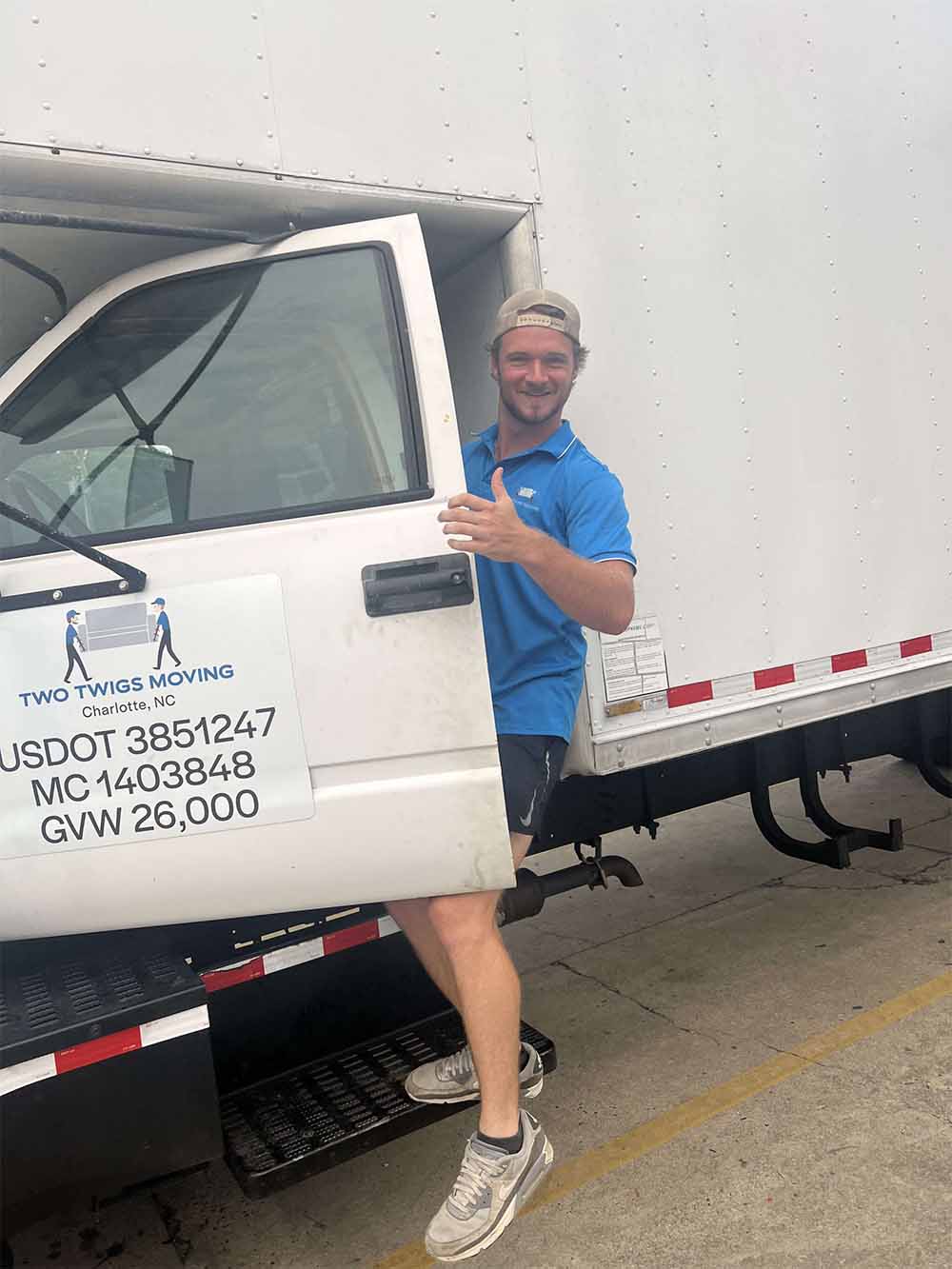Moving to a colder city for the first time can be a thrilling adventure, but it also comes with its own set of challenges. The shift in climate requires careful preparation to ensure a smooth transition and an enjoyable experience in your new environment. Whether you’re headed for snow-covered landscapes or chilly winter rains, here’s a comprehensive guide on how to prepare for your move to a colder city.
1. Research the Climate: Understanding Your New Environment
Before you pack your bags, take the time to research the climate of your new city. Learn about typical weather patterns, temperature ranges, and any extreme conditions like heavy snowfall or freezing rain. Understanding the climate will help you anticipate what to expect and make informed decisions when it comes to clothing, transportation, and daily activities.
2. Invest in Warm Clothing: Layering is Key
One of the most crucial aspects of preparing for a colder city is investing in the right clothing. A good-quality winter coat, insulated boots, gloves, a hat, and a scarf are essential items. Consider layering with thermal underwear and sweaters to stay warm in varying temperatures. Don’t forget to pack waterproof and windproof outer layers to protect against the elements.
3. Winterize Your Wardrobe: Packing Essentials
Make sure your wardrobe is winter-ready by including thermal socks, sweaters, and waterproof clothing. Pack a mix of casual and formal winter wear to suit different occasions. Being prepared with the right clothing will make it easier to adapt to the colder climate and enjoy outdoor activities comfortably.
4. Footwear Matters: Keep Your Feet Warm and Dry
Invest in high-quality, waterproof, and insulated boots to keep your feet warm and dry during snowy or rainy days. Additionally, consider purchasing ice grips or traction aids to prevent slipping on icy surfaces, ensuring your safety and stability while walking in winter conditions.
5. Prepare Your Home: Ensuring Comfort Indoors
Take steps to winterize your home by checking for drafts and sealing any gaps. Ensure your heating system is in good working order and schedule an inspection if necessary. Stock up on blankets and warm bedding to stay cozy during cold nights. Being proactive about your home’s insulation and heating will contribute to a comfortable living environment.
6. Learn Winter Driving Skills: Navigating Snowy Roads
If you’ll be driving in your new city, practice winter driving skills before the snow and ice arrive. Equip your vehicle with snow tires, check the antifreeze levels, and create a winter emergency kit. Familiarize yourself with local road conditions and emergency procedures to stay safe on winter roads.
7. Understand Winter Activities: Embrace the Chill
Embrace the winter culture of your new city by learning about and participating in local winter activities. Whether it’s skiing, ice skating, or attending winter festivals, immersing yourself in these activities will not only make the colder months more enjoyable but also help you connect with the community.
8. Get a Flu Shot: Guarding Your Health
Colder climates often bring flu and cold seasons. Prioritize your health by getting a flu shot before the winter months set in. Take preventive measures, such as washing your hands regularly and maintaining good hygiene practices, to stay healthy during the colder months.
9. Stay Informed: Weather, Emergency Procedures, and More
Stay informed about weather forecasts and be prepared for sudden changes. Familiarize yourself with local emergency procedures and the locations of shelters in case of extreme weather events. Being aware and prepared will help you navigate any challenges that may arise during the colder seasons.
10. Socialize and Connect: Building a Support Network
Moving to a new city can be a lonely experience, especially in colder climates where people may spend more time indoors. Join local clubs, groups, or community events to meet new people and build a support network. Connecting with locals can provide valuable insights into surviving and thriving in your new, colder environment.
11. Mind Your Mental Health: Beating the Winter Blues
Be aware of the potential impact of Seasonal Affective Disorder (SAD), a type of depression that occurs at a specific time of the year, often during the winter months. Take steps to prioritize your mental health, such as getting exposure to natural light, staying active, and seeking support if needed.
12. Plan for Seasonal Changes: Adjusting to Shorter Days
Prepare for the seasonal changes that come with colder climates, including shorter days and longer nights. Invest in light therapy lamps to combat the effects of reduced sunlight and maintain a positive mood throughout the winter.
13. Stock Up on Supplies: Ensuring Essentials are On Hand
During the winter, it’s wise to keep a supply of non-perishable food items in case severe weather prevents regular grocery trips. Have a backup power source and necessary supplies in case of power outages. Being prepared with essential items will ensure you can weather any winter storm with ease.
14. Stay Active: Exercise and Combat the Winter Blues
Exercise is a powerful tool for combating the winter blues. Find indoor activities or winter sports to stay active and maintain a healthy lifestyle. Physical activity not only helps you stay warm but also boosts your mood and overall well-being.
15. Enjoy the Winter: Embracing the Beauty
Finally, embrace the beauty of winter in your new city. Try new activities like snowshoeing, take winter hikes, or simply enjoy the serene landscapes covered in snow. By embracing the winter, you’ll discover the unique charm and experiences that colder climates have to offer.
In conclusion, moving to a colder city for the first time requires thoughtful preparation and a positive mindset. By understanding the climate, investing in the right clothing, and adapting your lifestyle to the seasonal changes, you can not only survive but thrive in your new, colder environment. Embrace the chill, make new connections, and discover the beauty that winter has to offer in your new city.


.svg)


